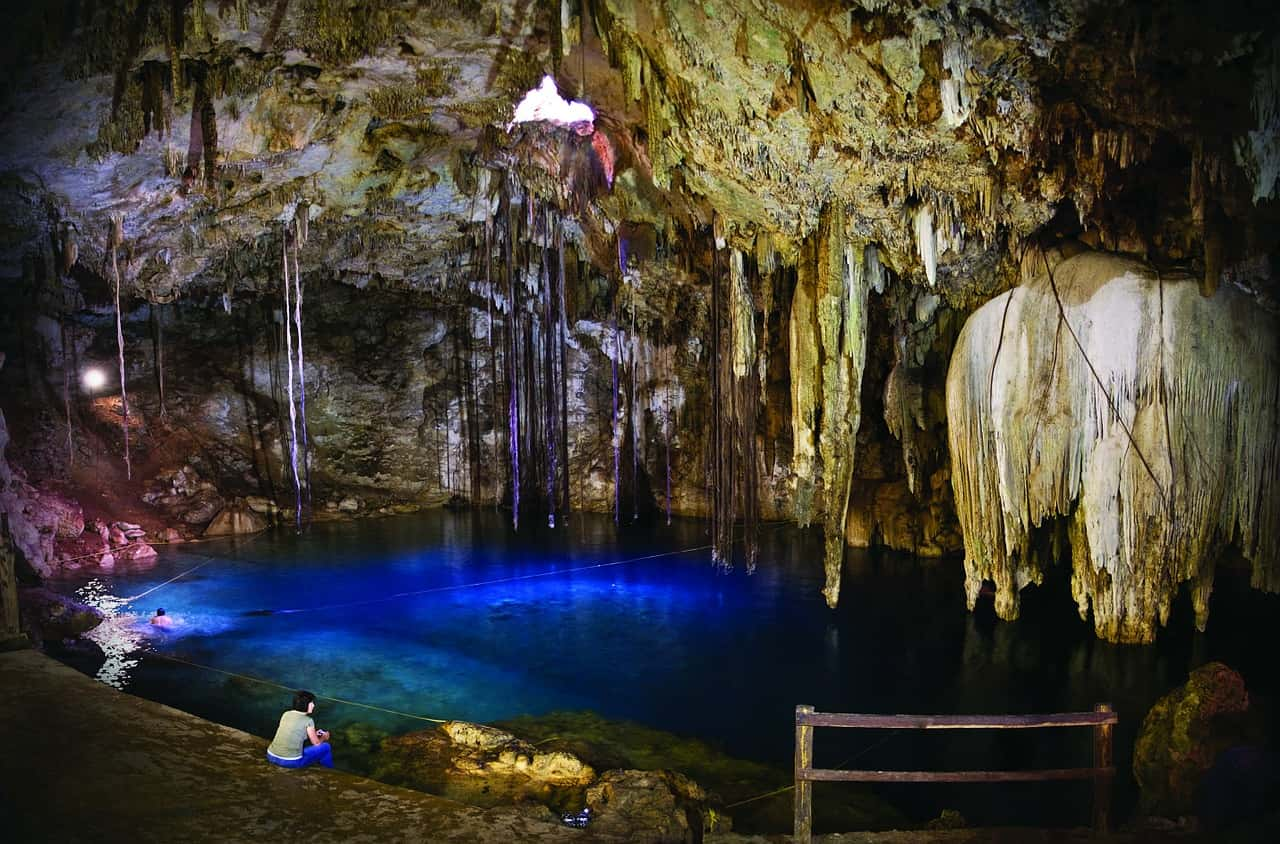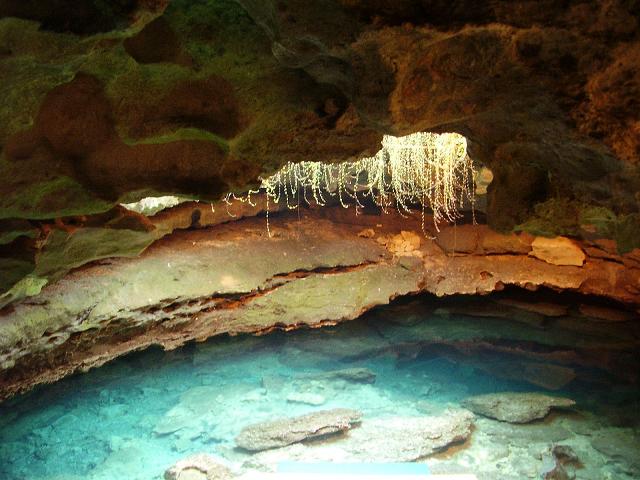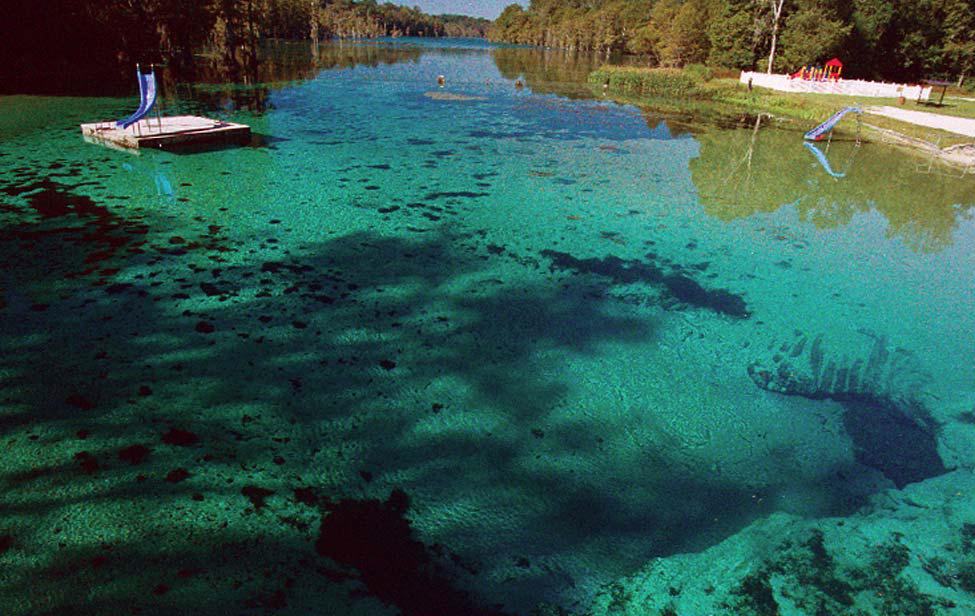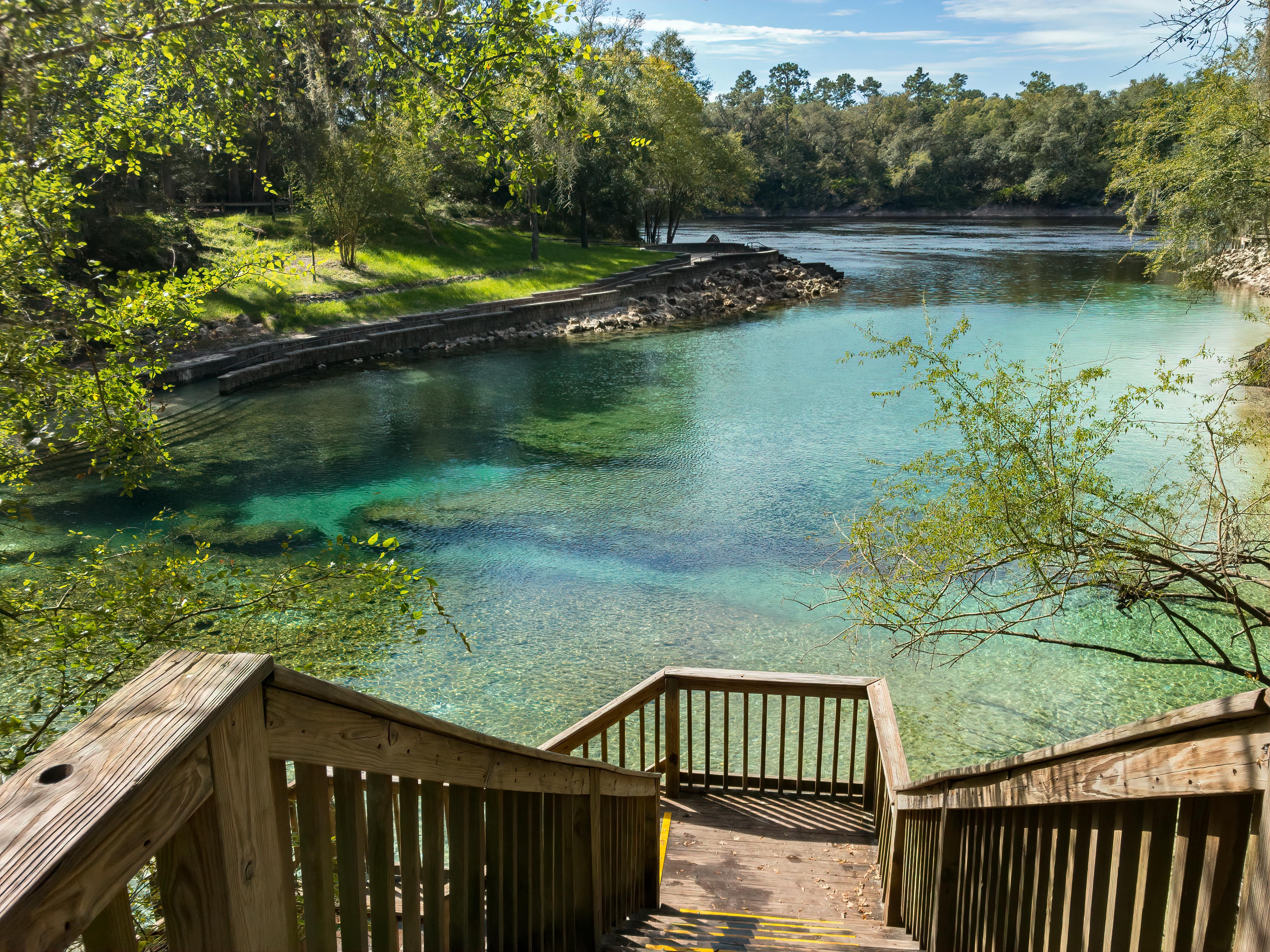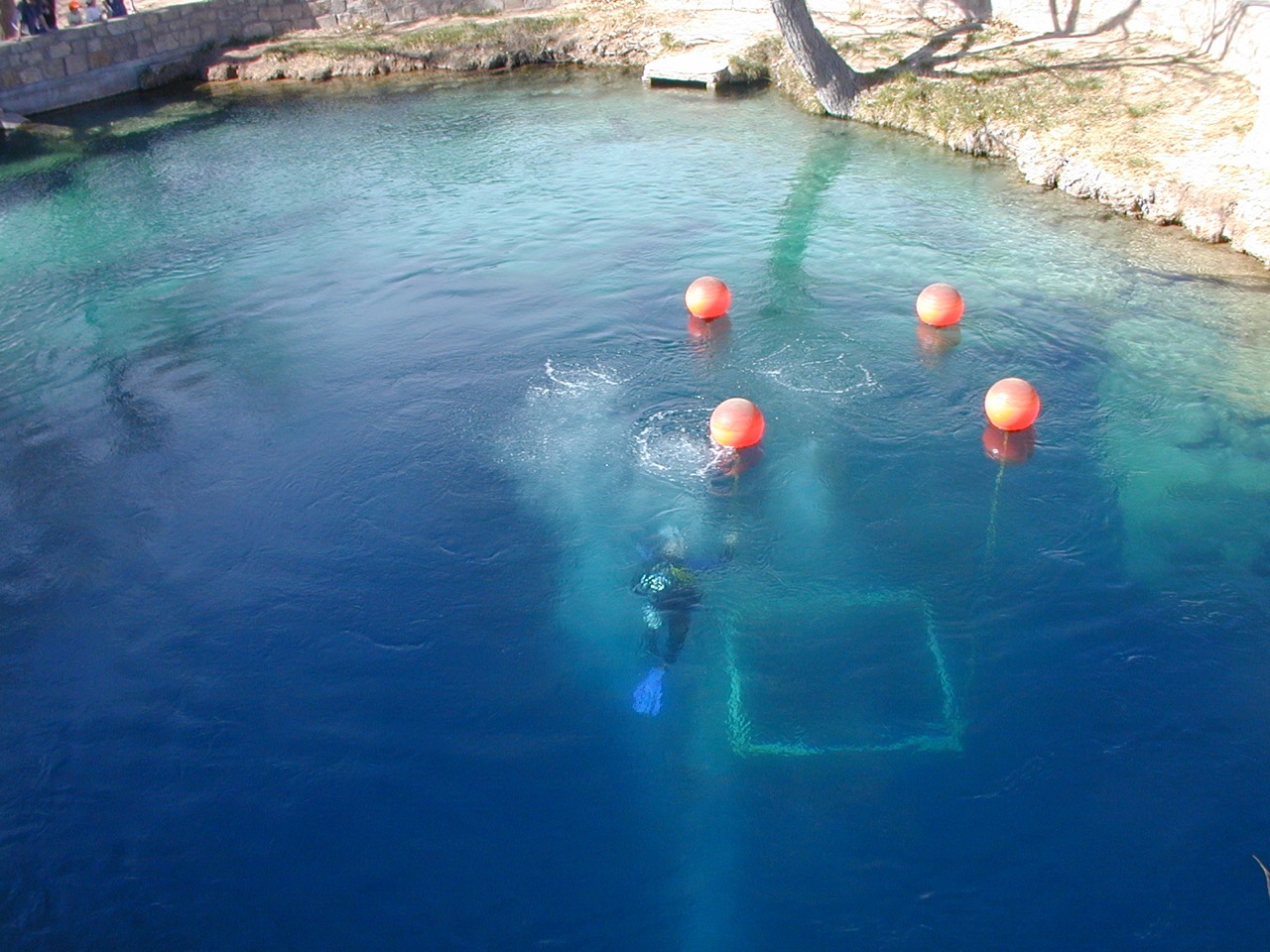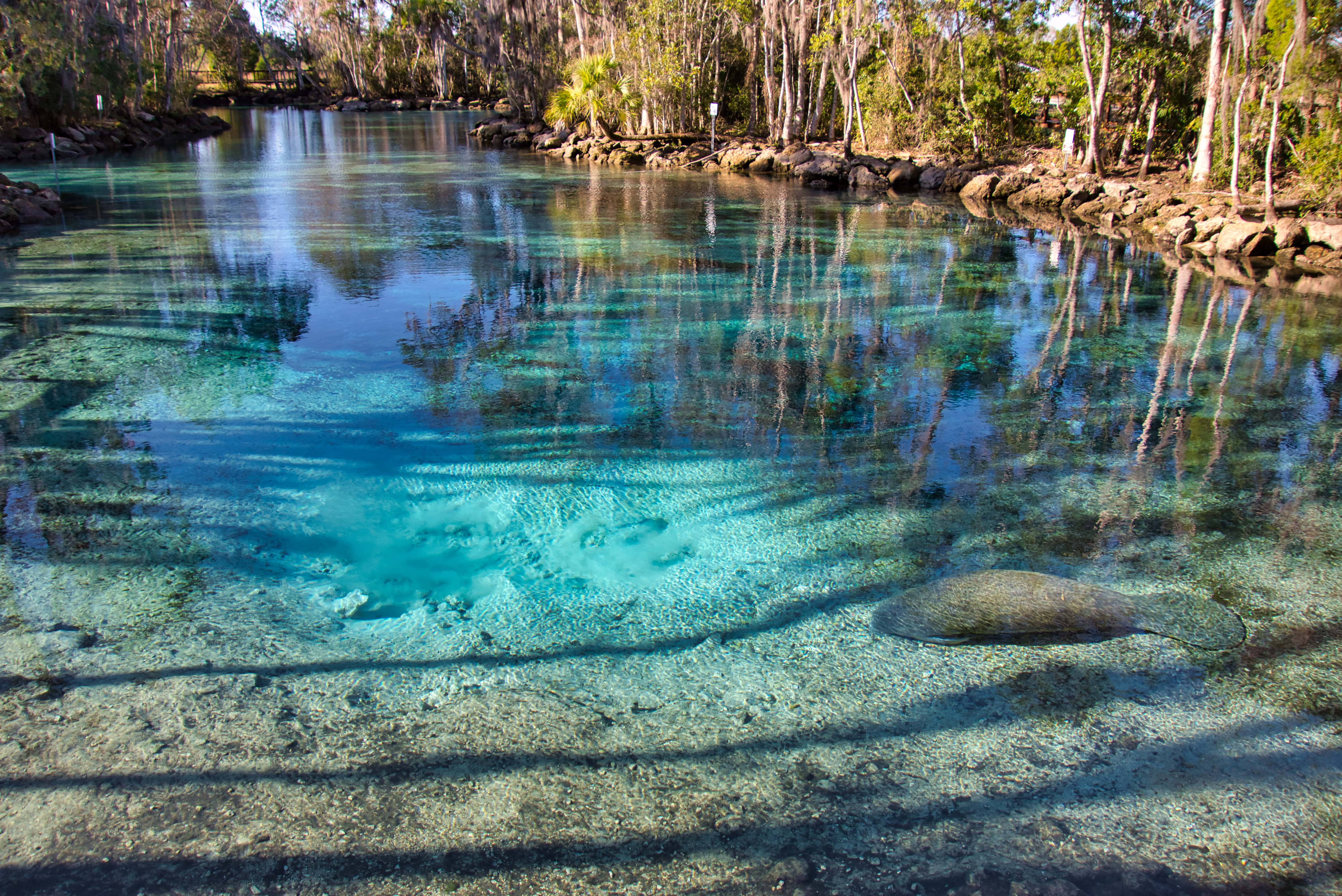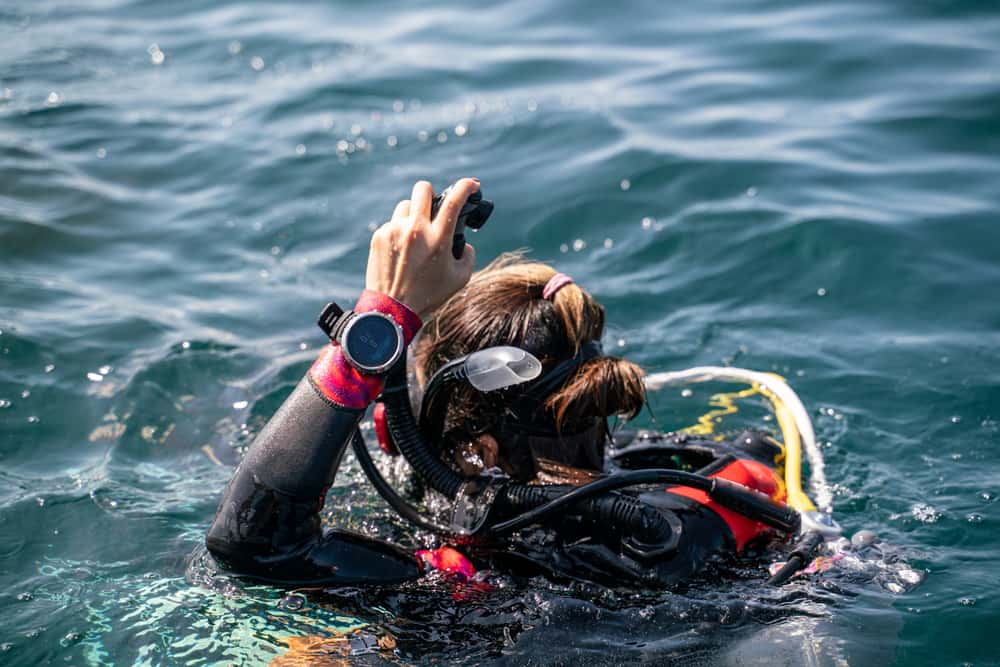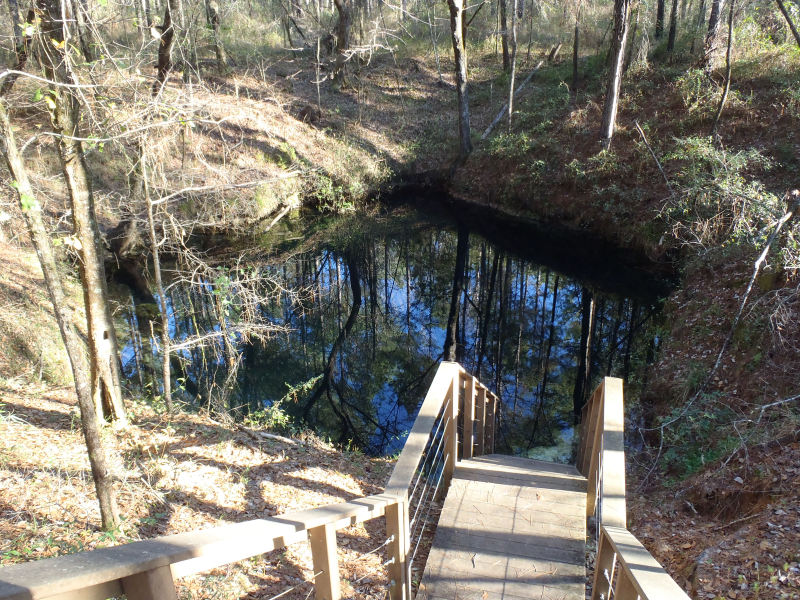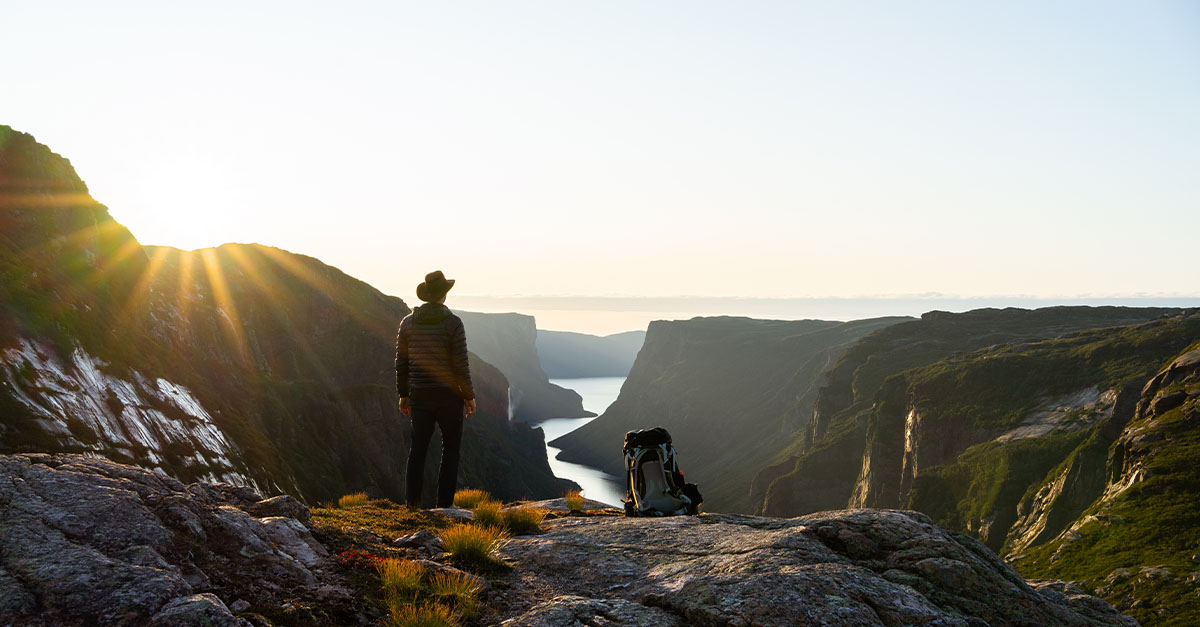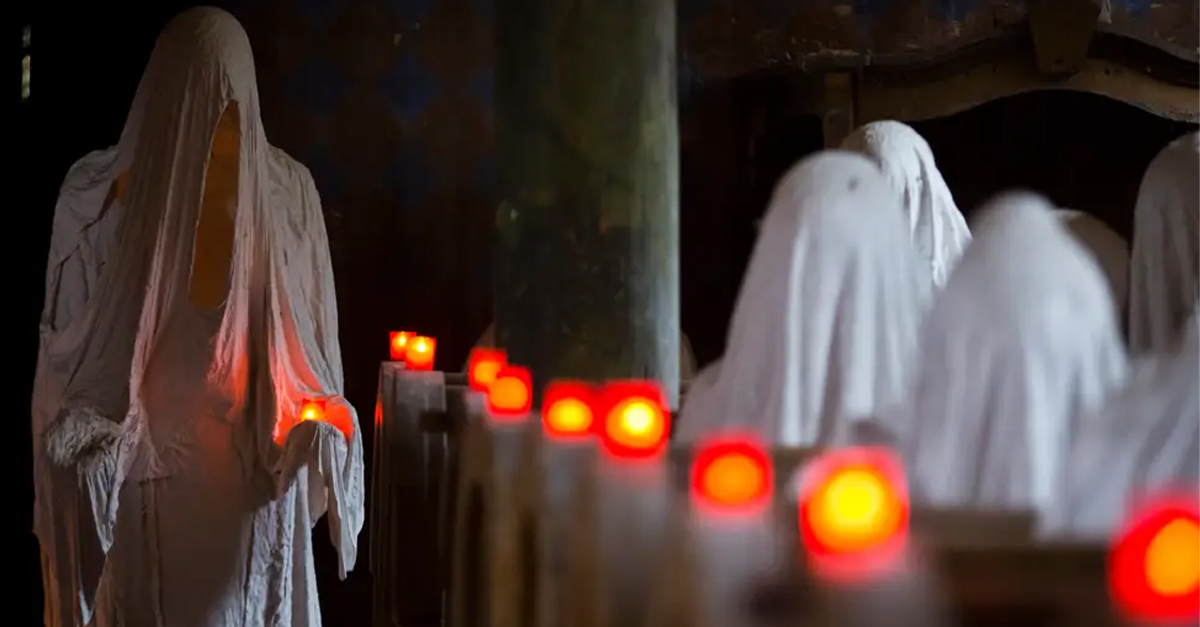America's Subterranean Wonders: Top Cave Diving Destinations
Cave diving in America offers an exhilarating experience for the adventurous diver. It combines the thrill of exploration with the serene beauty of the underwater world.
The United States boasts some of the best cave diving locations in the world, each offering unique geological features and diverse aquatic life.
However, this thrilling activity requires specific skills, knowledge, and respect for safety procedures.
Cave Diving
Cave diving, a blend of scuba diving and spelunking, offers an alluring glimpse into a hidden underwater world, beckoning the adventurous with its promise of exploring the unexplored. The fascination lies in navigating through mysterious passageways, observing unique geological formations, and encountering rare aquatic life.
However, this exhilarating experience is not without its perils. Cave diving is considered one of the more challenging and dangerous forms of diving.
According to the Divers Alert Network, cave diving incidents have a fatality rate approximately 10 times higher than that of open water diving.
The risks include disorientation, equipment failure, and the possibility of getting lost in complex, often narrow cave systems with limited visibility.
Despite these dangers, for many, the thrill of uncovering secrets of the deep, far removed from the sunlit waters above, is an irresistible call to adventure.
Let's dive into the top 10 best locations in America for cave diving.
Devil’s Den – Williston, Florida
Location: Williston, Florida
Devil's Den is a prehistoric spring inside a dry cave in Florida. Known for its crystal-clear water and fossil beds dating back 33 million years, it's a window into the geological past.
The cave has a maximum depth of about 15 meters (50 feet), making it suitable for both beginners and experienced cave divers.
At Devil's Den, divers can often spot a variety of freshwater fish along with the occasional turtle gliding through the clear waters. The cave's unique ecosystem is a habitat for small aquatic creatures, offering a serene encounter with the local underwater life.
Safety measures include proper certification and adherence to no-decompression limits.
Ginnie Springs – High Springs, Florida
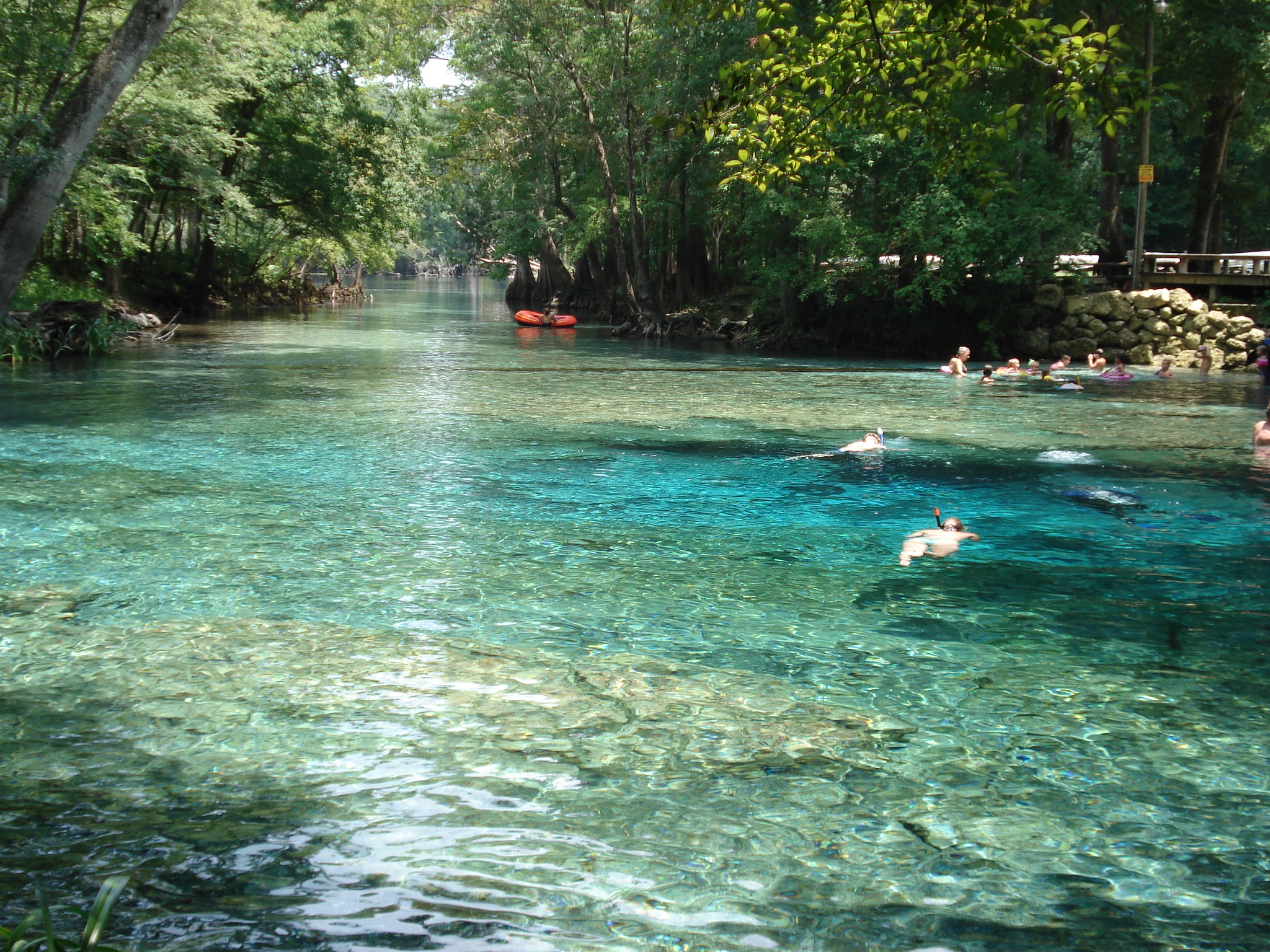 (WT-de) Mistoffeles, Wikimedia Commons
(WT-de) Mistoffeles, Wikimedia Commons
Location: High Springs, Florida
Ginnie Springs is famous for its stunning visibility and extensive underwater cave system. The site has multiple springs with varying levels of difficulty, from open-water areas to complex cave systems.
It is a haven for freshwater species, including bass, catfish, and the colorful bluegill. Divers might also encounter turtles and the shy freshwater eel, adding to the charm of the dive experience in this crystal-clear spring.
Divers must be cave-certified to enter the cave systems, with safety lines and proper cave diving equipment being mandatory.
Peacock Springs – Luraville, Florida
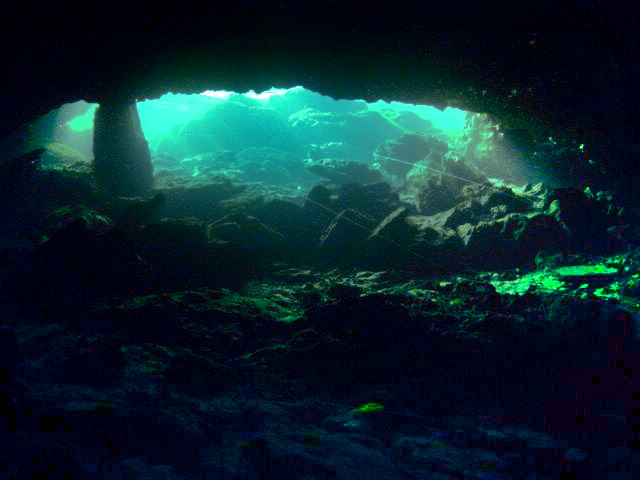 Walter Pickel, Wikimedia Commons
Walter Pickel, Wikimedia Commons
Location: Luraville, Florida
Wes Skiles Peacock Springs State Park features one of the longest underwater cave systems in the United States.
The site has two major springs, a sinkhole, and six smaller springs, offering over 28,000 feet of passageway.
In the waters of Peacock Springs, divers can observe an array of freshwater fish, including largemouth bass and sunfish. The spring's submerged caves also provide a habitat for unique crustaceans and cave-adapted fish.
Cave divers here are advised to use guideline reels, and only certified cave divers are allowed in the cave systems.
Jackson Blue Spring – Marianna, Florida
Location: Marianna, Florida
Jackson Blue Spring is renowned for its clear blue water and a vast network of underwater caves. The main cavern is about 30 feet wide and extends over 5,000 feet.
Jackson Blue Spring is home to a diverse range of freshwater wildlife. Divers here may come across various fish species, turtles, and occasionally, freshwater manatees that venture into the spring for a tranquil retreat.
Due to the complexity and potential for strong currents, only divers with cave certification are permitted.
Little River Springs – Branford, Florida
Location: Branford, Florida
Little River Springs offers a unique cave diving experience with its breathtaking underwater river. The cave system extends over 1,200 feet with stunning limestone formations.
The underwater ecosystem at Little River Springs includes freshwater species like sunfish and bass. It's not uncommon for divers to spot river otters playfully navigating the waters, along with various species of turtles.
Divers must observe safety measures, including dive planning and gas management skills.
The Blue Hole – Santa Rosa, New Mexico
Location: Santa Rosa, New Mexico
The Blue Hole in Santa Rosa is a circular, bell-shaped pool that's one of the most popular dive sites in the US. The clear, deep blue water maintains a constant temperature, with depths reaching up to 80 feet.
Diving in The Blue Hole, divers might encounter a limited range of aquatic life due to its depth and conditions. However, small fish and algae adapted to the deep, clear waters can often be seen.
Safety protocols include checking weather conditions and being aware of altitude-related challenges due to the site’s location.
Indian Springs – Florida Panhandle
Location: Florida Panhandle
Indian Springs is known for its complex maze of underwater passages, requiring advanced cave diving skills. The spring has crystal clear water with visibility up to 100 feet.
Indian Springs, with its clear waters, hosts a variety of small fish and aquatic invertebrates. The unique cave environment supports a specialized ecosystem, creating a fascinating diving experience.
Only divers with extensive cave diving experience and training are recommended to explore this site.
Sistema Sac Actun – Tulum, Mexico
Location: Near Tulum, Mexico
Sistema Sac Actun, part of the world’s largest underwater cave system, offers an extraordinary diving experience near the US. This vast network of underwater caves is renowned for its stunning stalactites and stalagmites.
Sistema Sac Actun, near the US border, is a biodiverse site where divers can see a mix of saltwater and freshwater species due to its proximity to the ocean. This includes colorful tropical fish, crustaceans, and occasionally, sea turtles.
Divers should be fully trained in cave diving techniques and equipment.
Mystery Sink – Valdosta, Georgia
Location: Valdosta, Georgia
Mystery Sink offers an intricate network of submerged caves for advanced divers. The site has a series of tight restrictions and silty conditions, demanding excellent buoyancy control and navigation skills.
Mystery Sink's diverse ecosystem is home to various freshwater fish, including bass and sunfish. The cave's unique environment also supports different types of algae and microorganisms, creating a vibrant underwater scene.
Divers are advised to dive with a guide who knows the site.
Emerald Sink – Tallahassee, Florida
Location: Tallahassee, Florida
Emerald Sink is a hidden gem in Florida, known for its emerald green waters and limestone formations. The cave system requires advanced navigation skills due to its complex layout.
In the emerald waters of this sinkhole, divers can observe a range of freshwater wildlife, from small fish to turtles. The sinkhole's ecosystem is particularly conducive to sightings of catfish and various small, cave-dwelling aquatic species.
Diving here is recommended for those with advanced cave diving certifications.
Final Thoughts
Cave diving in America presents a world of adventure beneath the surface. These top locations offer a glimpse into the underwater marvels, each with its unique characteristics and challenges.
Remember, safety comes first in cave diving – proper training, certification, and respect for the cave environment are paramount.



